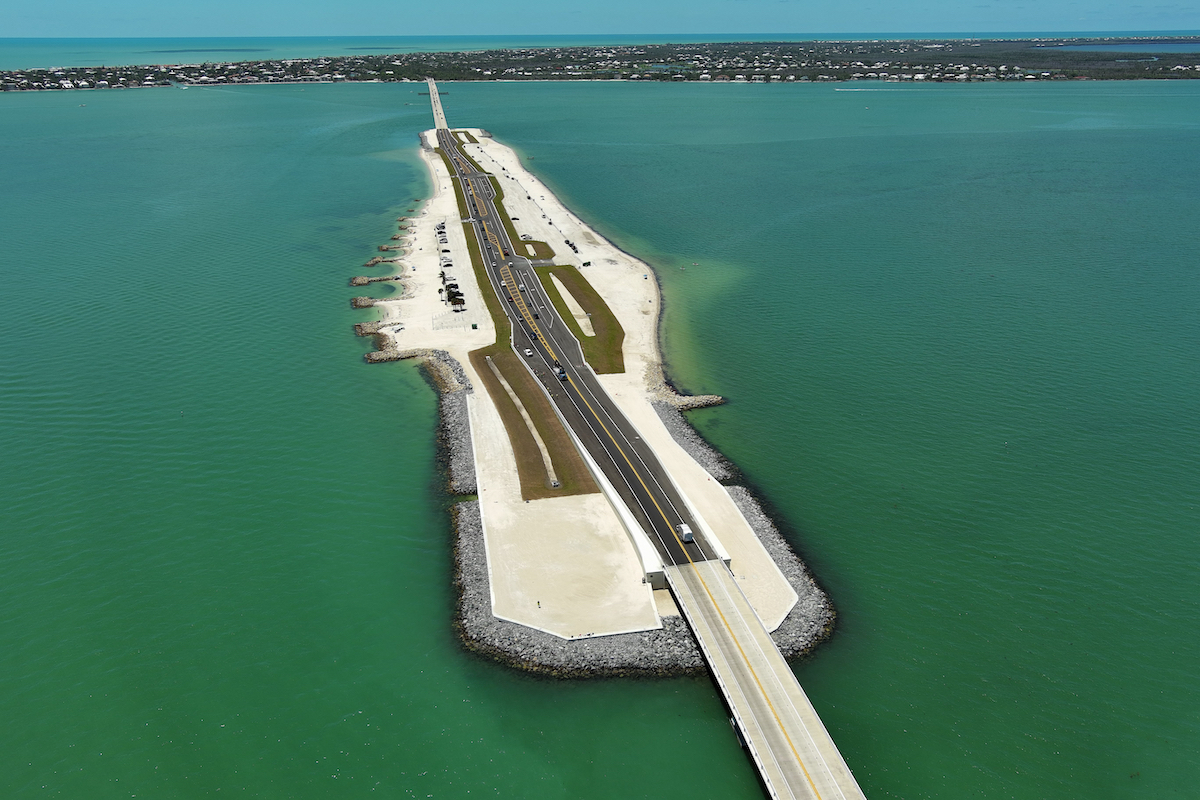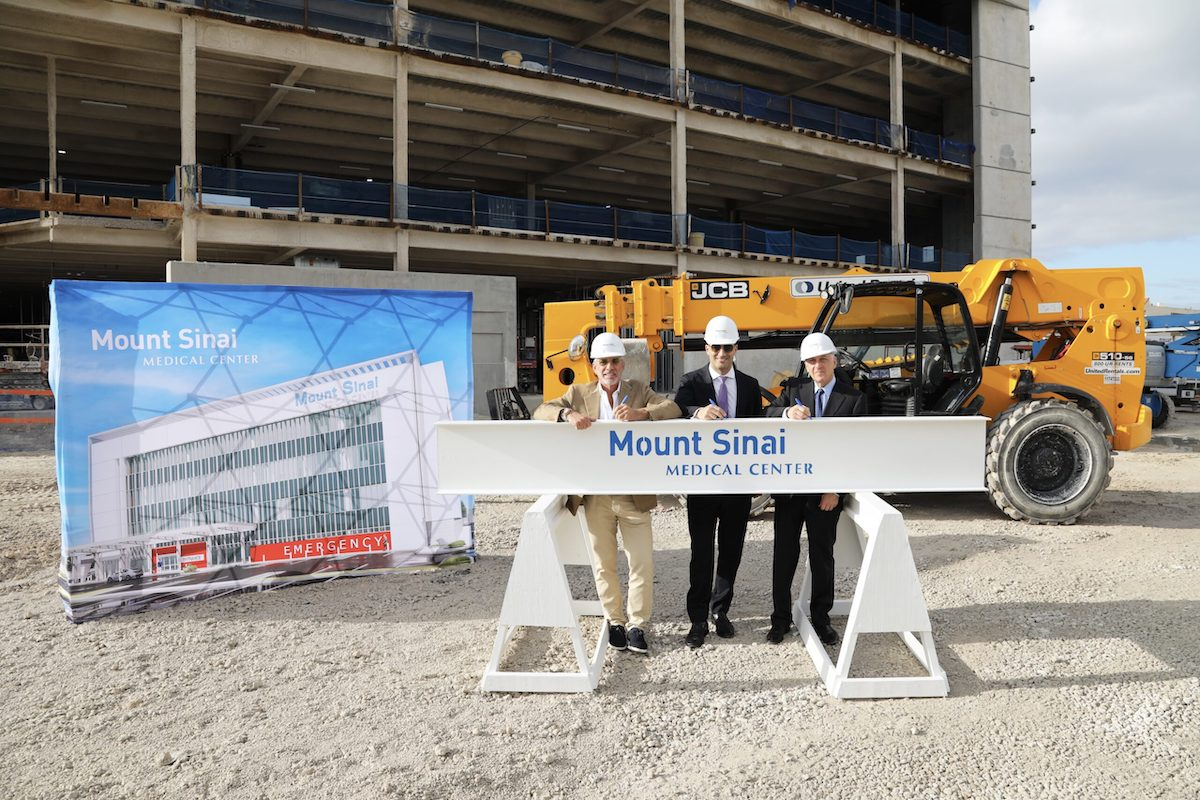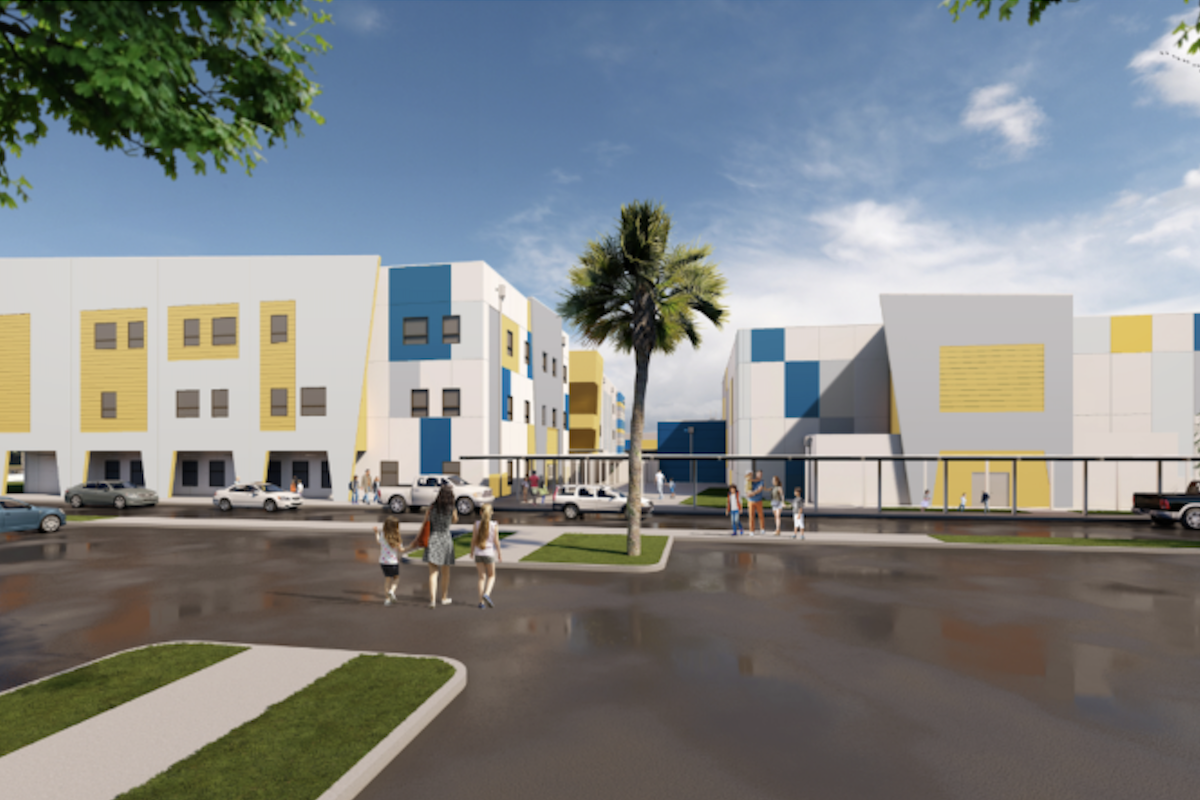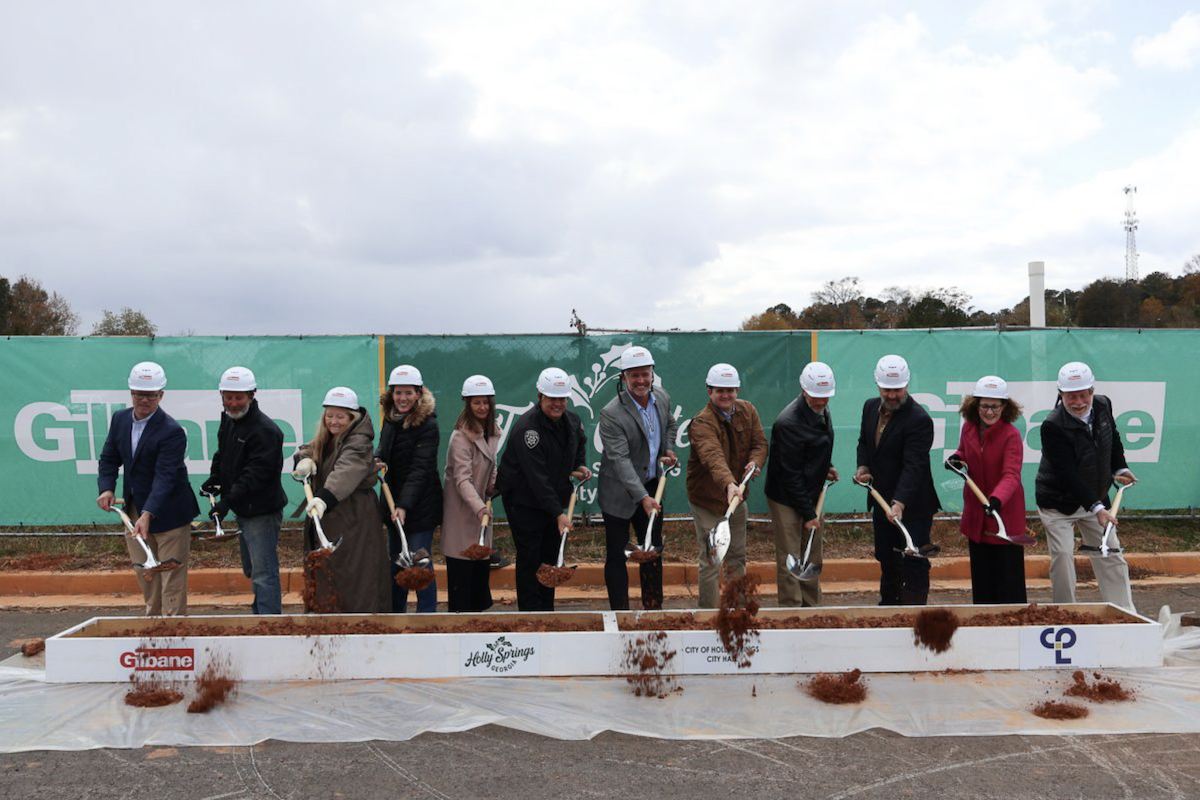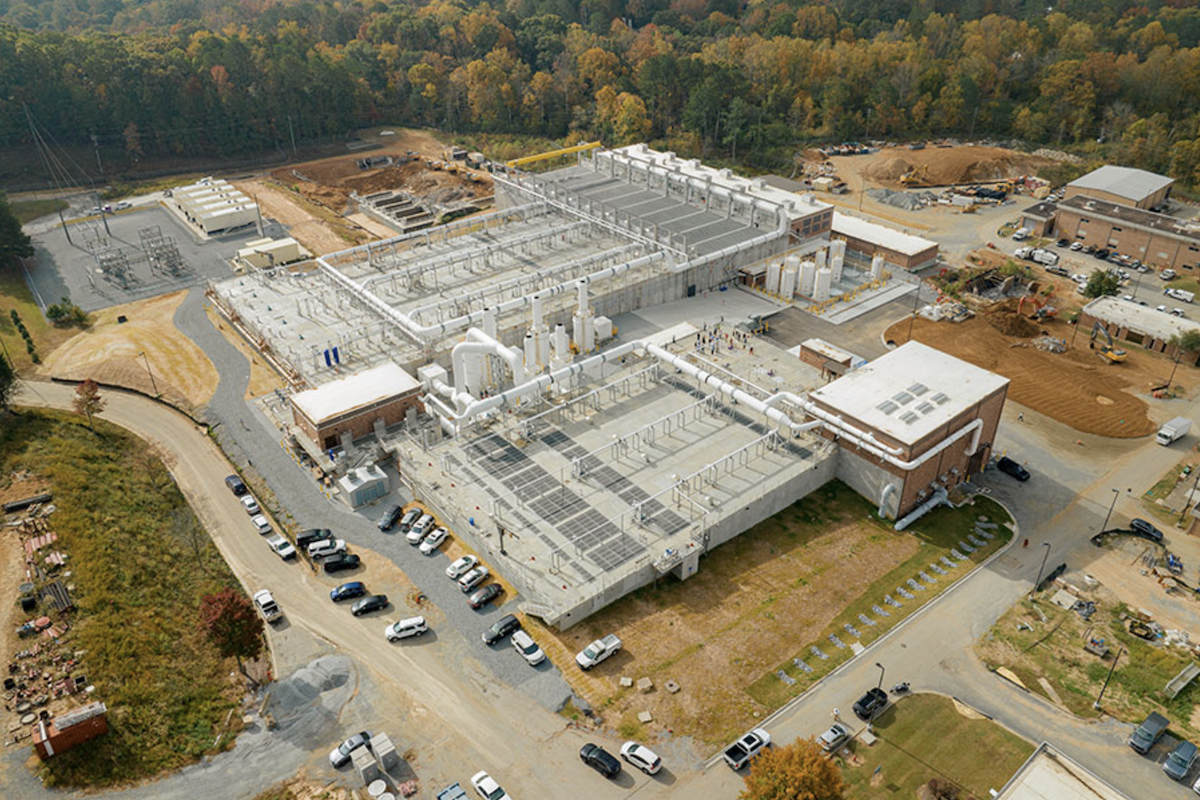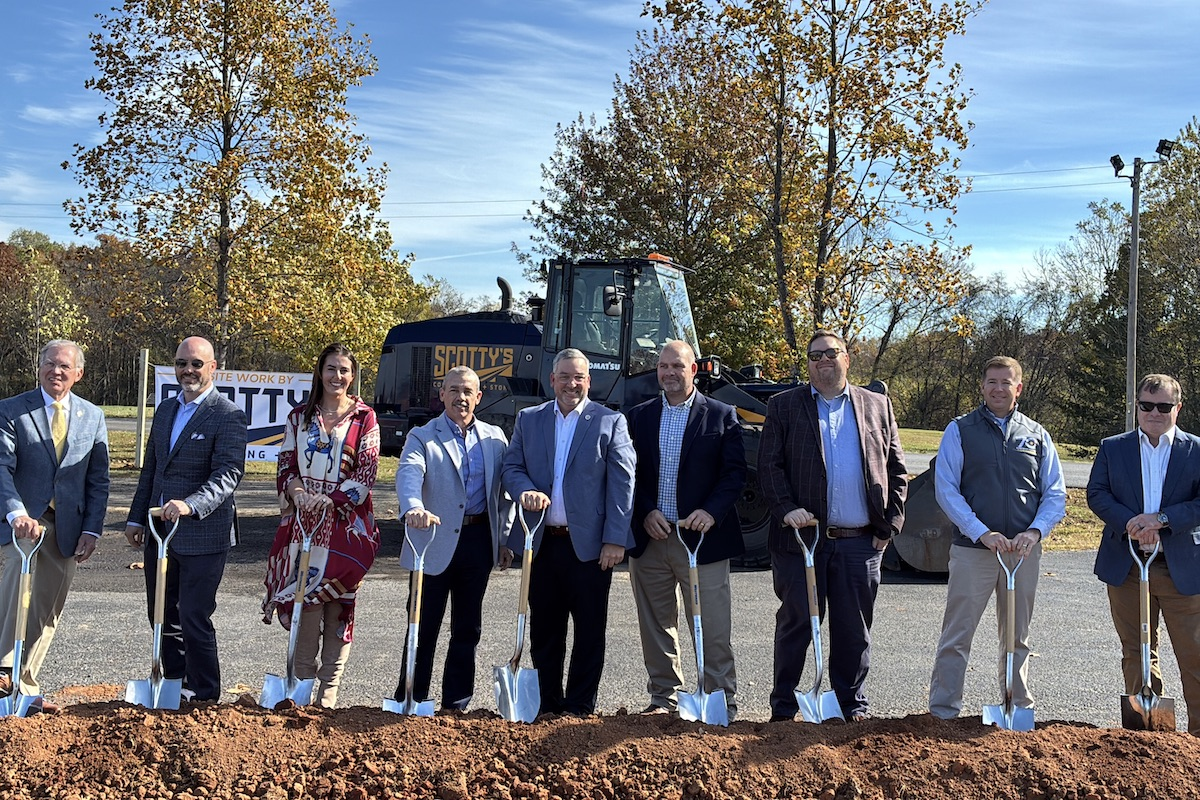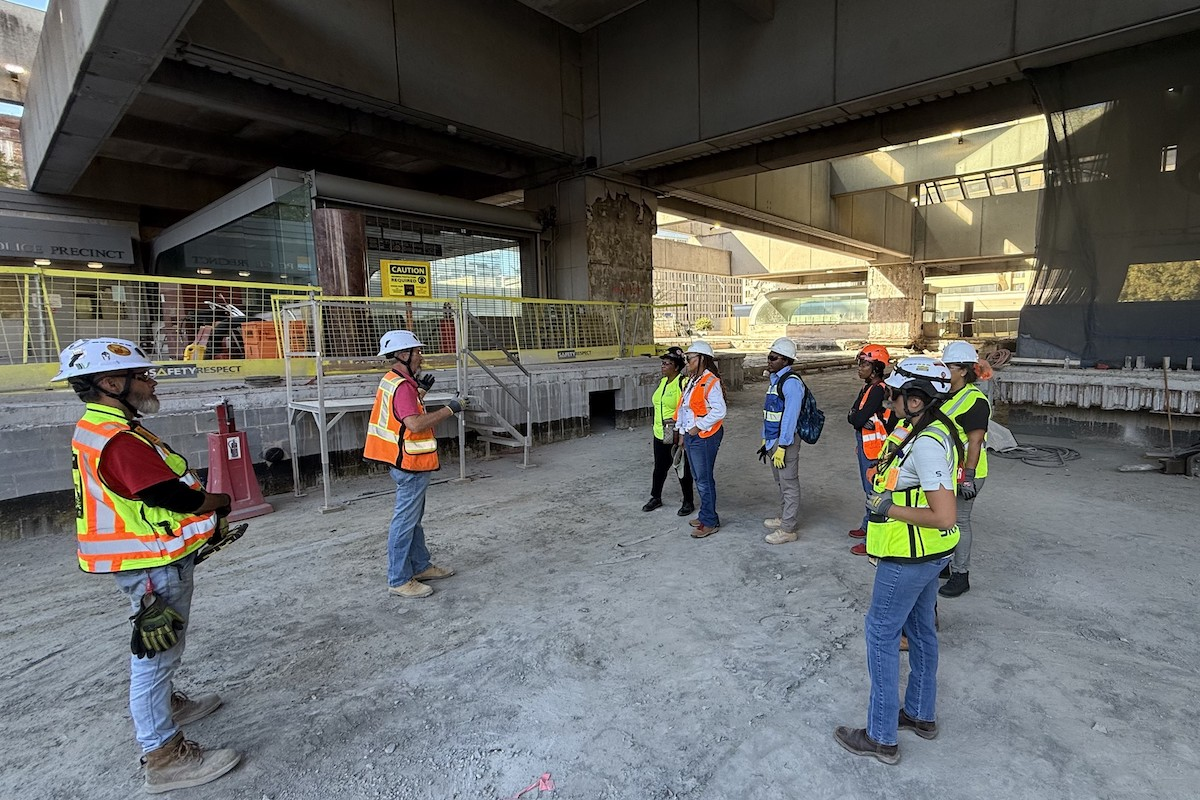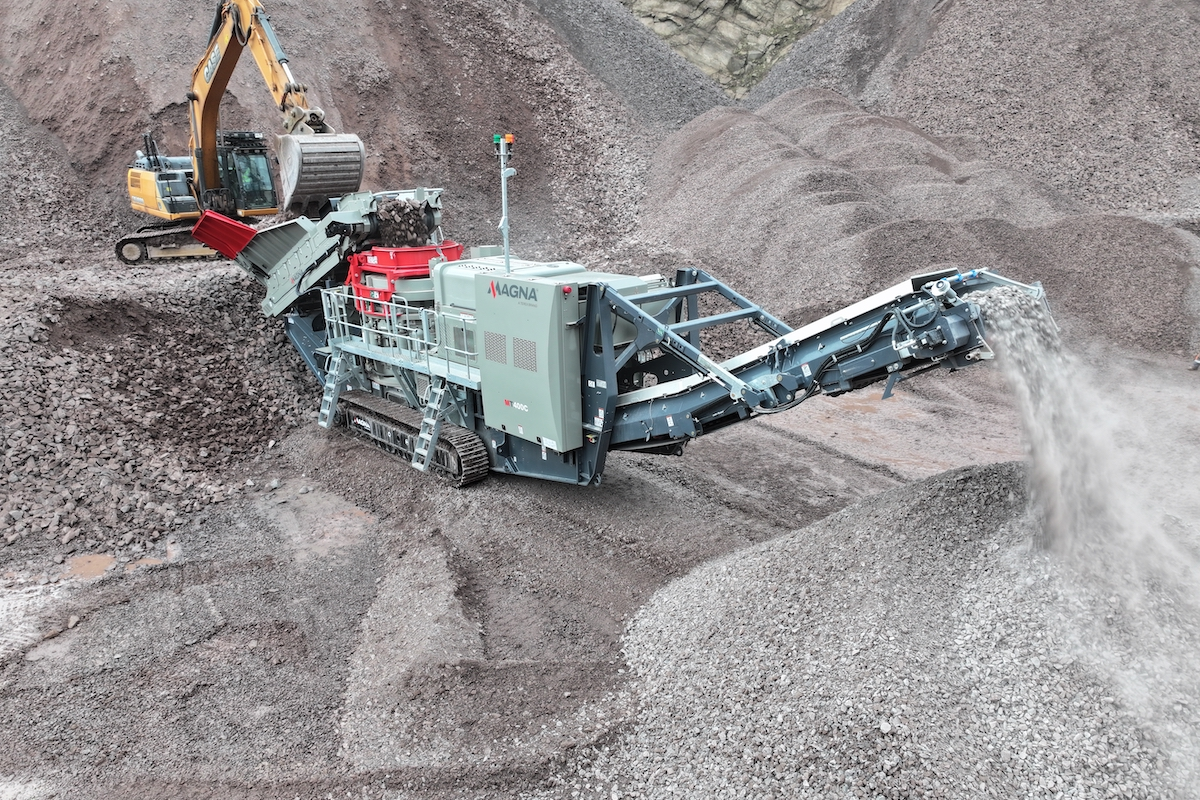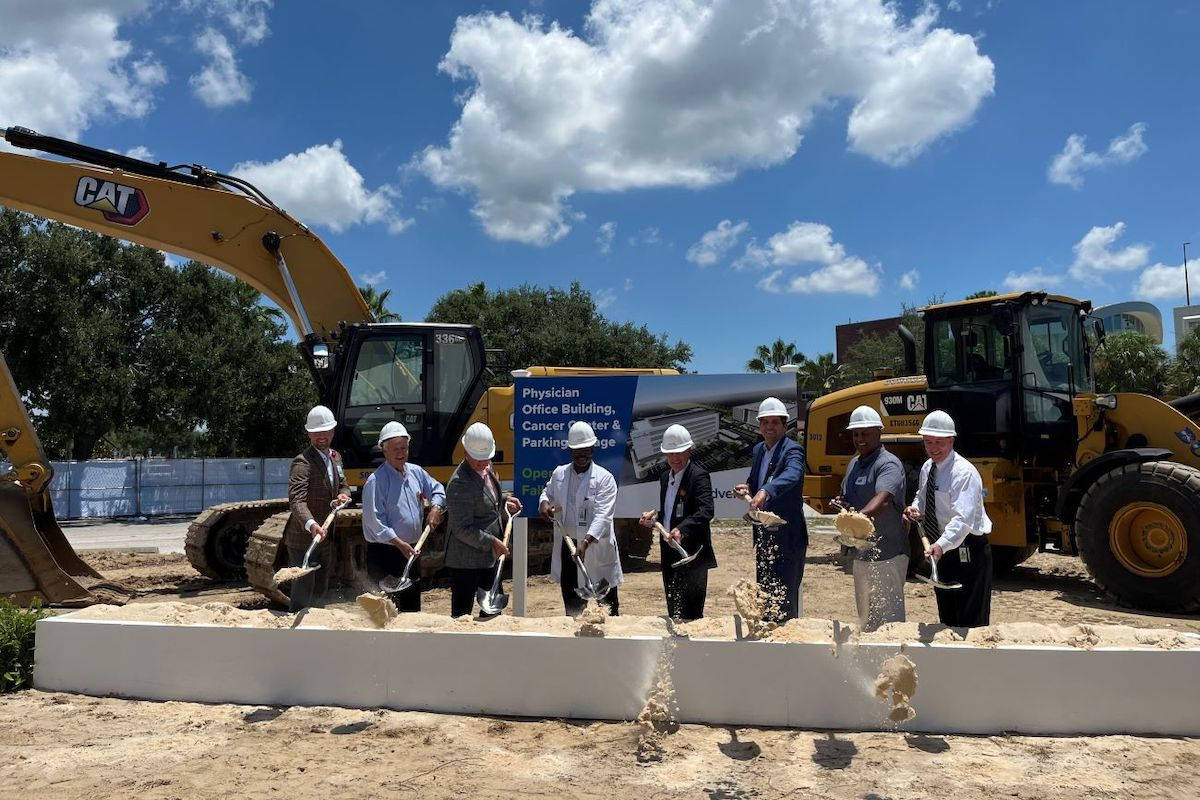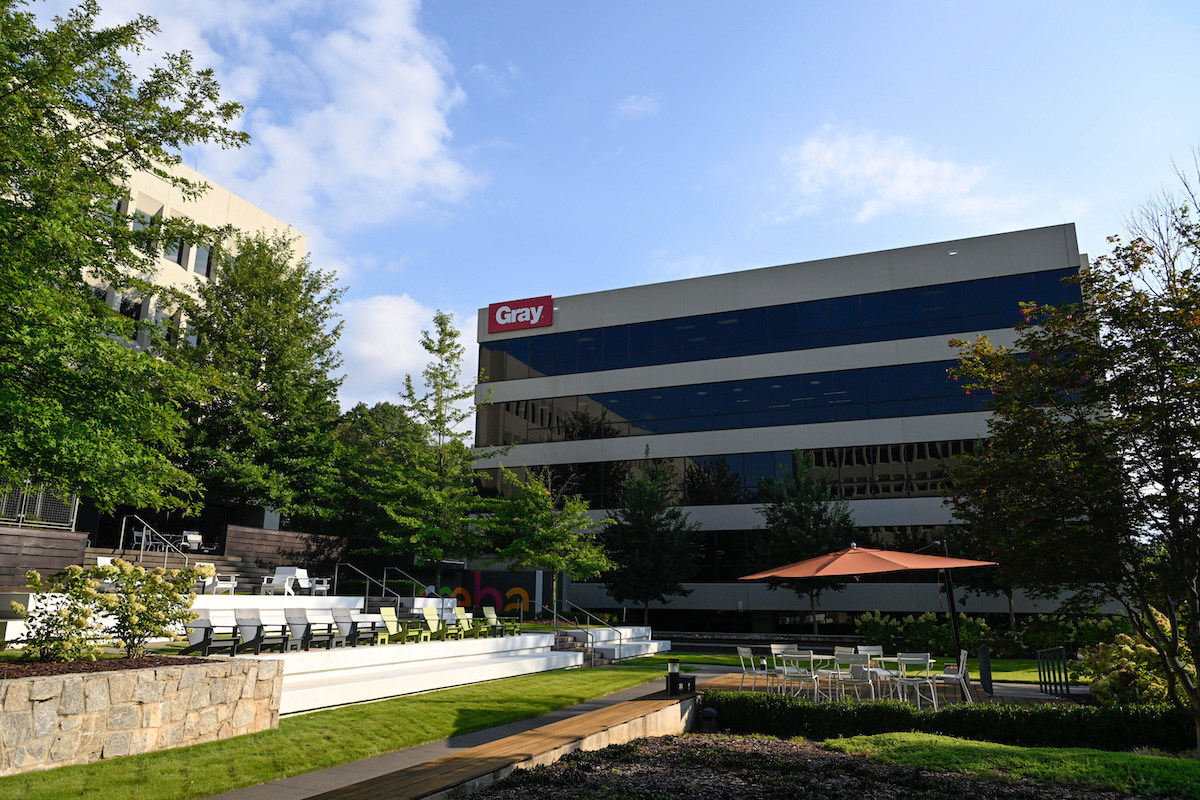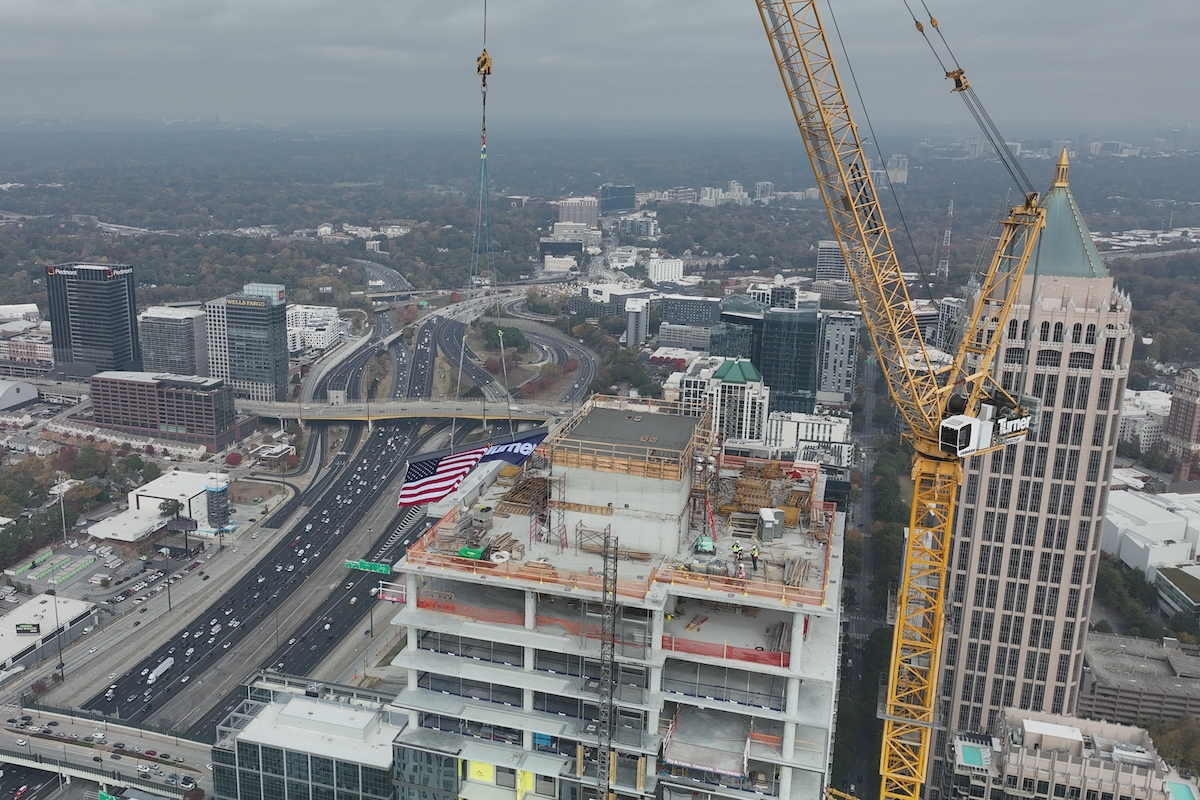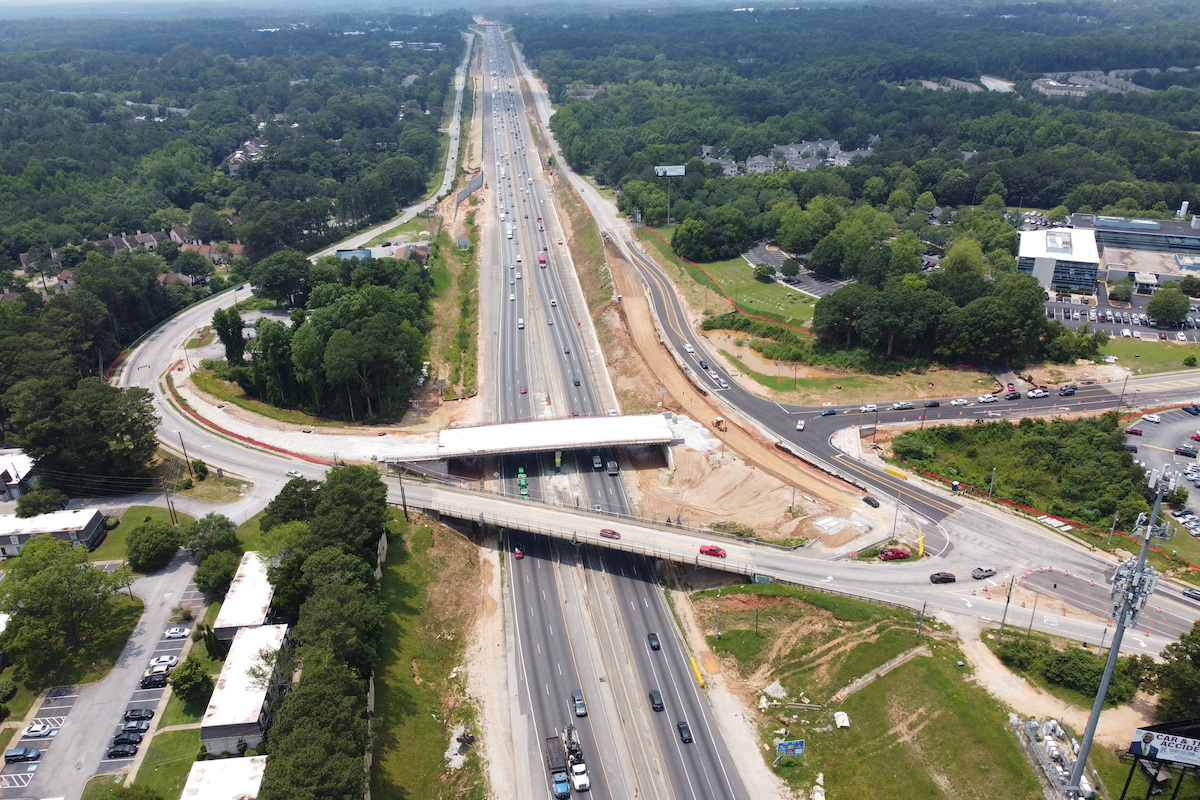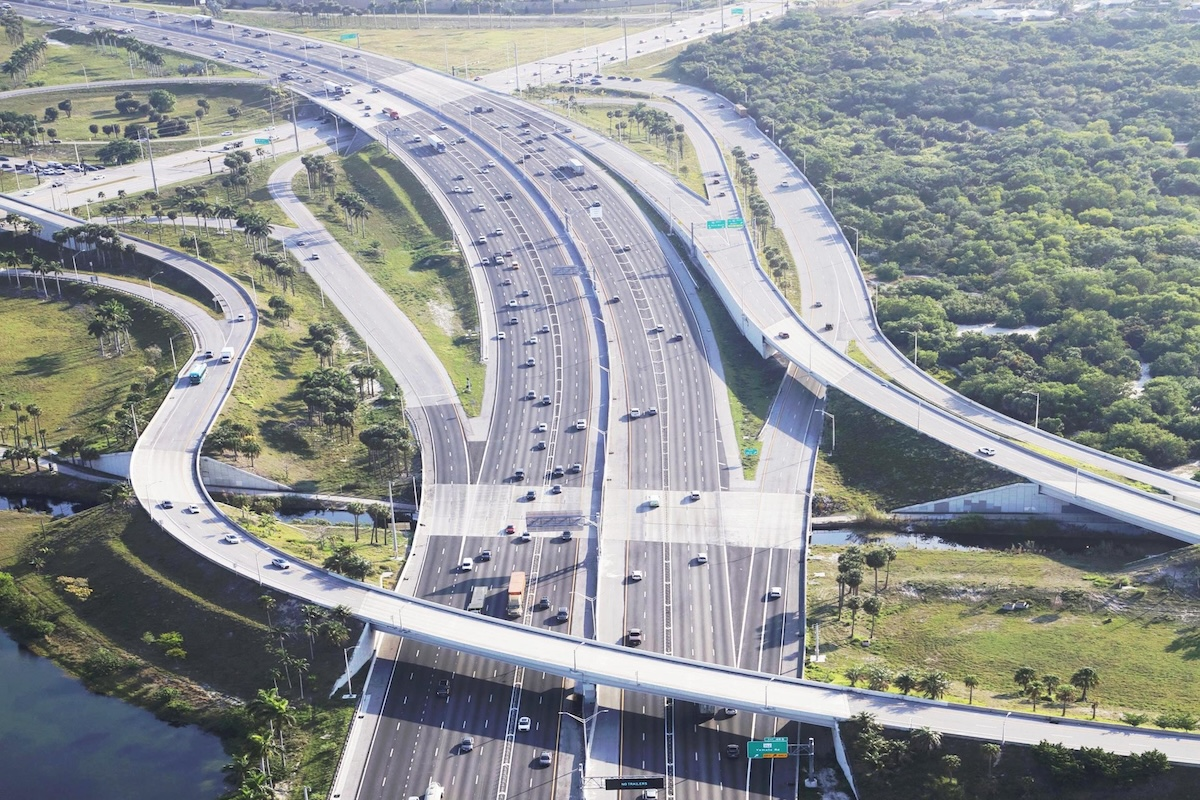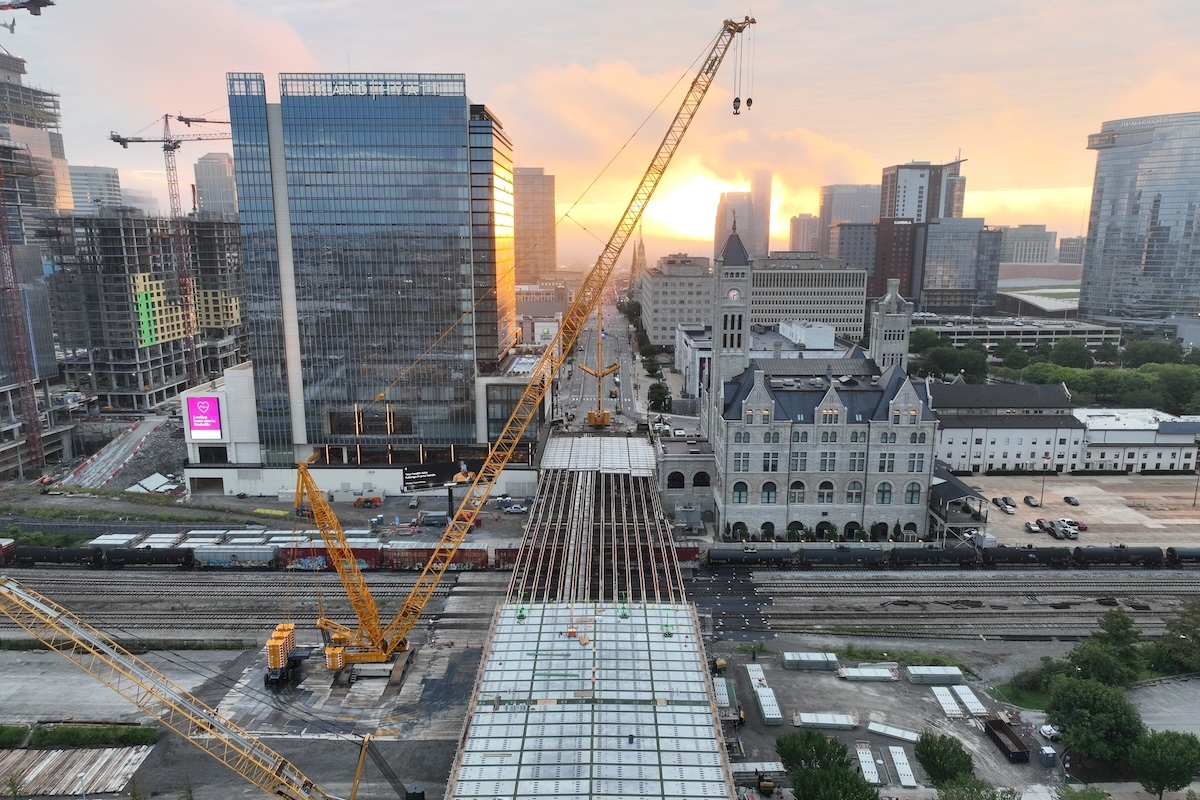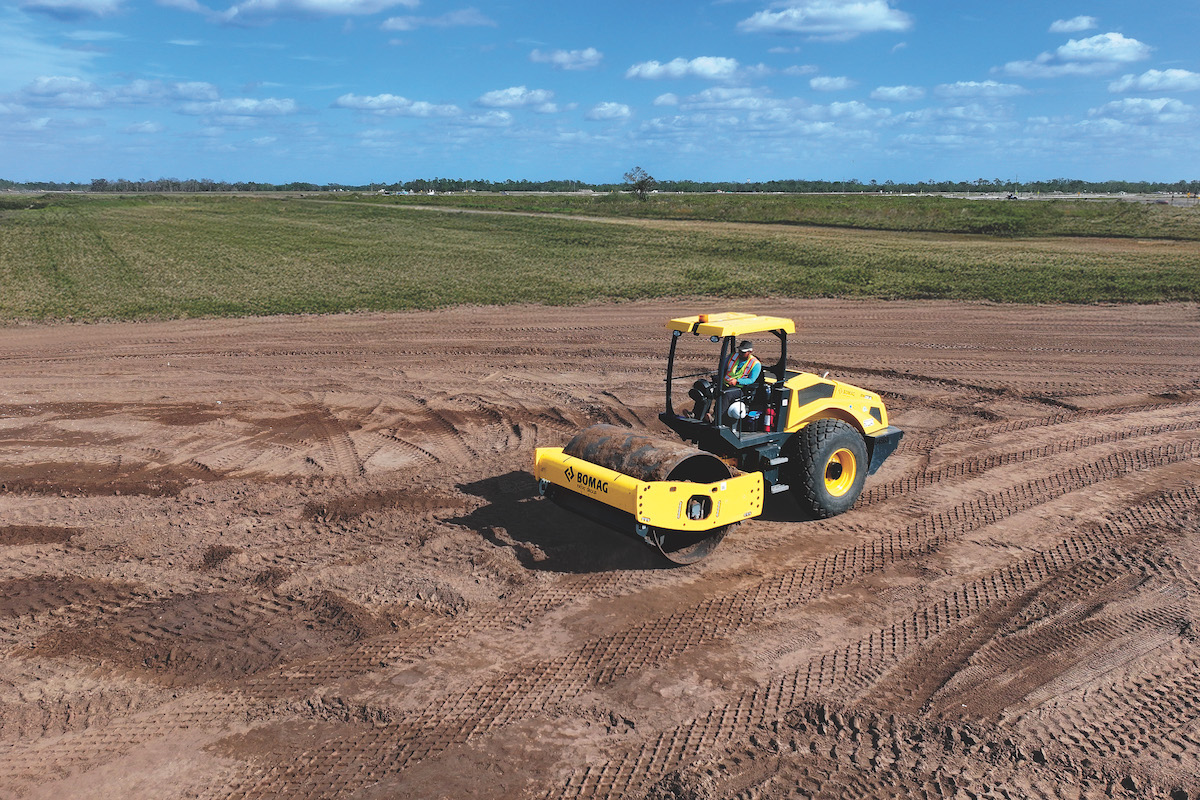The change in conditions impacted the June Sucker, which is endemic to Utah Lake. Over time, the population dwindled to a few hundred, and the fish became endangered. A key reason was that during their early life stage, they historically had a marsh-style delta, with backwater ponds, reeds, and vegetation where they could hide from predatory fish until they had reached a more survivable size.
A solution was attempted. However, biologists found that there was zero recruitment of any June Sucker planted into Utah Lake, i.e., no juvenile fish survived beyond a few months, where they are in a “drift” stage. They studied what changed and determined that the river’s delta removal was the issue.
The Central Utah Project carries water from the Colorado River Basin to the Bonneville Basin and Wasatch Front, where the population is concentrated. The system picks up flow from the southern slope of the Uintah Mountains and conveys it via concrete tunnels, pipes, and reservoirs to the Wasatch Front. It’s a trans basin diversion. One of the conditions on the funding for the project was to implement environmental mitigation efforts to offset the Central Utah Water Project’s impact.
In 2022, the northern end of Skipper Bay dike – which was initially constructed in the 1940s to hold Utah Lake out of the area – was lowered, and four outlet channels were constructed through the lowered dike. This reconnected the lake with historic Skipper Bay, allowing Utah Lake to expand eastward toward its historical shoreline.

| Your local Trimble Construction Division dealer |
|---|
| SITECH South |
| SITECH Mid-South |
| SITECH Tri-Rivers |
In the spring of 2023, the Provo River was diverted from a point just downstream of Lakeshore Bridge into the newly constructed delta and the new outlet channels into Utah Lake.
The delta has 24,000 feet of new channel and is about 6 feet deep. “When the water level rises, the new delta becomes a bay, but when releases into the Jordan River cause the lake elevation to drop, it will channelize again,” Proctor says.
The team is also constructing some new recreation facilities, including a trailhead (this is in addition to a current trailhead), parking areas, horse trailer parking and path, non-motorized boat ramps, restrooms, river access, fishing platforms, paved trail, interpretive features, and a viewing tower. The city of Provo is developing a park that will include a nature-focused playground.
There was also a natural gas line to the historic Geneva Steel Plant (active until the 1980s) just 2 feet below the surface running through the middle of the project. The team had to bore down 99 feet to get to solid ground and bore a new pipe.
The team used the Trimble Earthworks program to help with surveying. It displays a surface model in the equipment to help determine where to cut, at what depth, and where to fill.
Proctor sites the location of the project – the heart of the city – as a challenge. It’s also a high-profile project that included multiple cooperating agencies. “There have been many moving parts and lots of planning and project management meetings required to enable this project to progress.”
Many subcontractors have also been used on the project, including materials, equipment rental, and a hauling contract to haul away 350,000 cubic yards of excavated materials. The material was moved 3 miles away to a future soccer complex in Provo City where it was used as fill.
Finally, Utah had a record snow year in 2022-2023, which resulted in significant runoff in the Spring. Proctor explains how the team coped. “We turned the river into its new delta in March and had record runoff barreling down on us. We were able to shift priorities and construct the containment dikes within about two weeks of when the river would have overtopped its banks.”
The project began in June 2020 and is on schedule to be complete in late 2024. However, getting this project moving has taken 20 years. The elongated time was to get all the environmental partners on board.
Proctor and his team are the constructor of the project, as they are the in-house construction crew for the U.S. Bureau of Reclamation. He and his team have worked on similar projects throughout the western United States.
“When construction requires moving a river, things on the ground always change, which requires adjustments to the scope and a quick redesign, review, and contract modification.” Proctor says. “If private contractor worked with the Federal Government, they would need to go through a lot of administrative hoops when addressing scope changes, and that tends to be a cost driver, but we’re able to avoid most of that because we’re the agency working for the agency.”
The project is already paying dividends. Radio frequency pit tags on implanted June Sucker indicated as many as 5,000 fish crossed into the new delta to spawn in 2023. The June Sucker has been taken off the endangered list and is now listed as threatened. It’s believed there will be water quality improvements to the lake based on the natural filtering function of a delta. Finally, the public will have new and updated recreational facilities along Utah Lake.





















